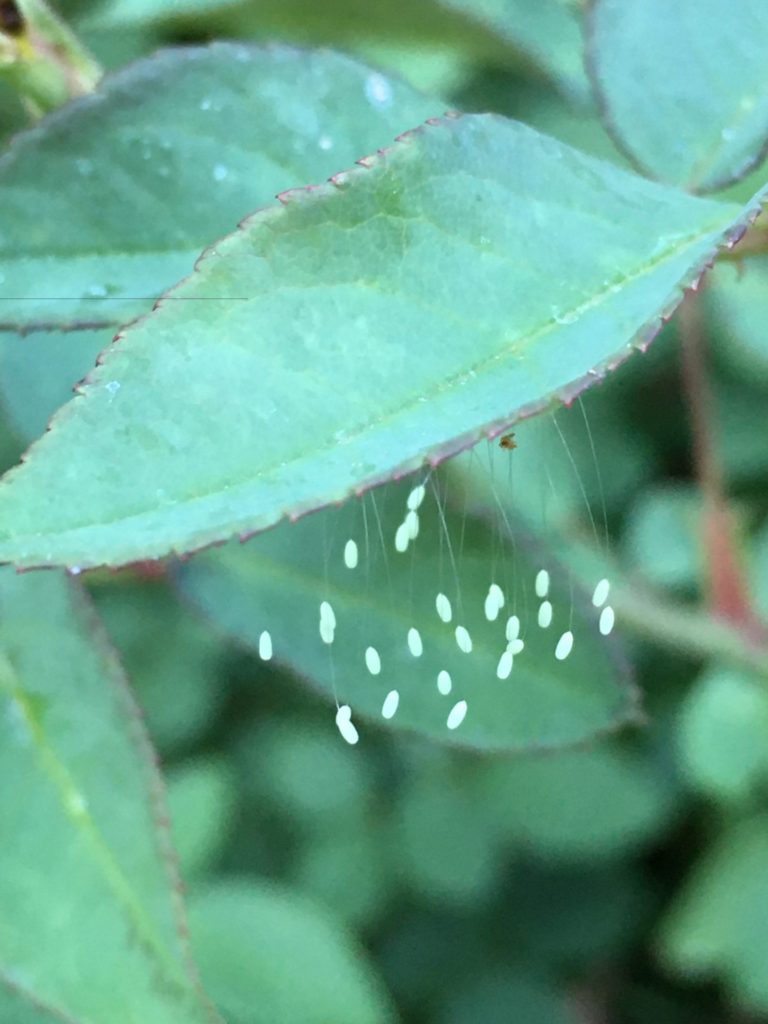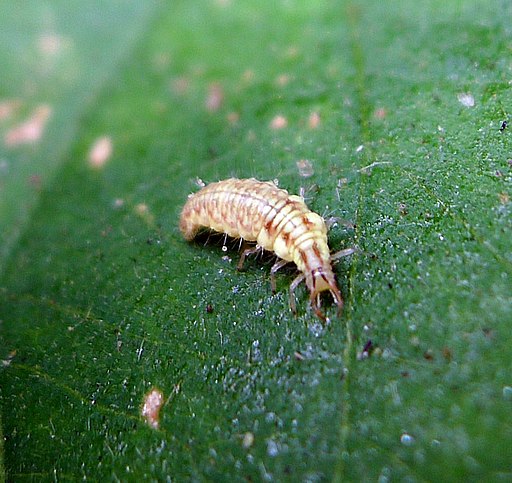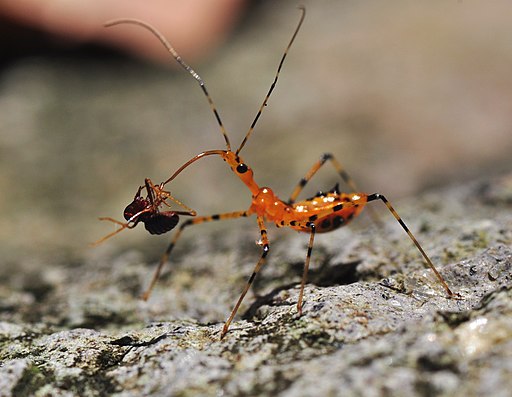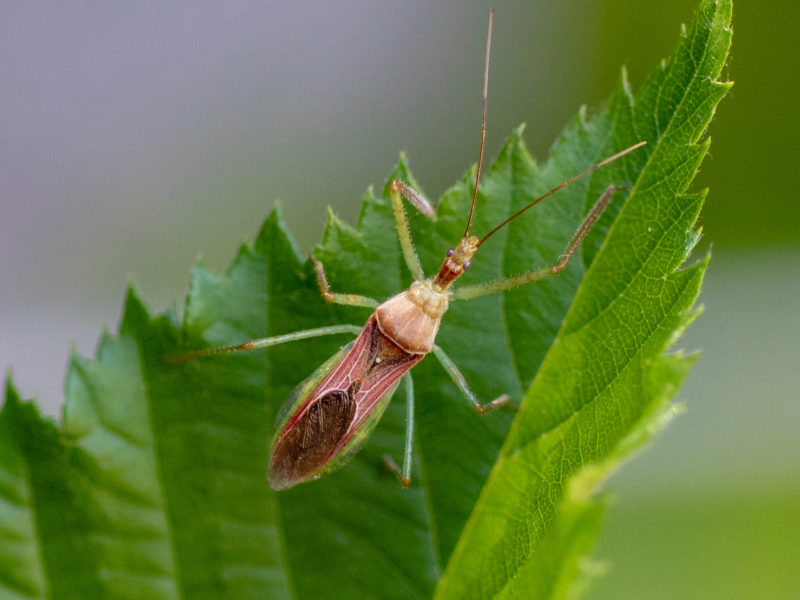Have you found beneficial insects in the garden? It is a rewarding milestone that speaks volumes to the health of your garden. Here are three common beneficial insects found in gardens all over the world that are easy to identify and help with a broad range of annoying pests.
1. Lady Bugs
Lady bugs are the quintessential garden friend, representing good luck even beyond the gardening community. The majority of these small, primarily red (but can be yellow or orange) beetles with black spots on their wings are helpful and prey on herbivorous pests like aphids, mealybugs or scale insects.
In fact, ladybugs usually lay their eggs in the middle of pest-infested leaves to ensure their young have plenty of food.

Eggs
Ladybug eggs are small ovals, usually ranging in color from pale to bright yellow, clustered tightly together in clutches of 10-50 eggs. A single ladybug can lay up to 1,000 eggs in a season. You often find them on the underside of leaves or plant matter near pest infestations.

Larvae
Larvae. Ladybug larvae are almost alarming if you have never seen them before. They look like small black and orange/red elongated alligators or dinosaurs. They have aggressive appetites and a single larvae can eat dozens of aphids or other soft-bodied pests per day. They molt multiple times, so you may come across their shed exoskeletons.

Adults
Adult ladybugs also eat soft-bodied pests and their eggs.
You can easily purchase adult ladybugs for release. They ship well. Be sure to purchase from a reputable source so as to not purchase invasive Asian species. Ladybugs do best in spring or early fall when temperatures are less extreme. Adult ladybugs feed on the same insects as larvae, and may leave when the food sources leave.
2. Green Lacewings
I recently developed a great love for green lacewings. This lesser-known garden friend boasts delicate, lacy green wings and a long narrow body with long protruding antennae. They have a voracious appetite for aphids, mealybugs, spider mites, leafhopper nymphs, moth eggs, scale, thrips, and whiteflies. Lacewings prey on the same pests as ladybugs but continue to thrive even in higher temperatures.

Eggs
Lacewing eggs balance delicately at the end of a small hair-like fiber attached usually to leaves. Larvae emerge after a few days.

Larvae
Larvae are similar in appearance to tiny alligators and equally as bizarre in appearance to ladybug larvae. They are voracious eaters of soft-bodied pests like aphids, mealybugs, scale insects, leafhoppers, mites, and thrips.
Image Credit: gailhampshire from Cradley, Malvern, U.K / CC

Adults
From egg to adult takes roughly four weeks. Adults eat nectar and pollen from flowering plants. Let some of your vegetables go to flower and plant nectar-rich perennial flowers to keep lacewings in your garden.
Image Credit: Jean and Fred from Perth, Australia / CC
3. Assassin bugs
Assassin bugs are a general ambush predator of all manner of unappealing pests. These solitary predators are non-discriminatory though and may feast on ladybugs as much as aphids.

Eggs
Assassin bug eggs are laid in small clusters on stems, leaves, in cracks, or in other generally sheltered locations.
They range in color based on the exact species, but appear like small tubes with an almost honeycomb appearance to the top caps.
Image credit: Katja Schulz from Washington, D. C., USA / CC

Larvae
Assassin bug larvae, known as nymphs, are less than ½ inch long. They are striped with a near translucent base color.
Nymphs have a huge appetite for a wide range of pests.
Image credit: Pavel Kirillov from St.Petersburg, Russia / CC BY-SA

Adults
Adults range from ½- to 1-¼-inch in length and are often either brown, gray, or black. A few, such as the milkweed assassin bug, are brightly colored. Adult assassin bugs have protruding eyes, six legs, and long antennae. Their long narrow heads and curved abdomen create the impression that they have a neck. Keep in mind, there are a wide variety of assassin bugs, including larger red marked Bee Assassin bugs that like to wait on flowers to ambush bees.












 The Frugal Kitchen
The Frugal Kitchen